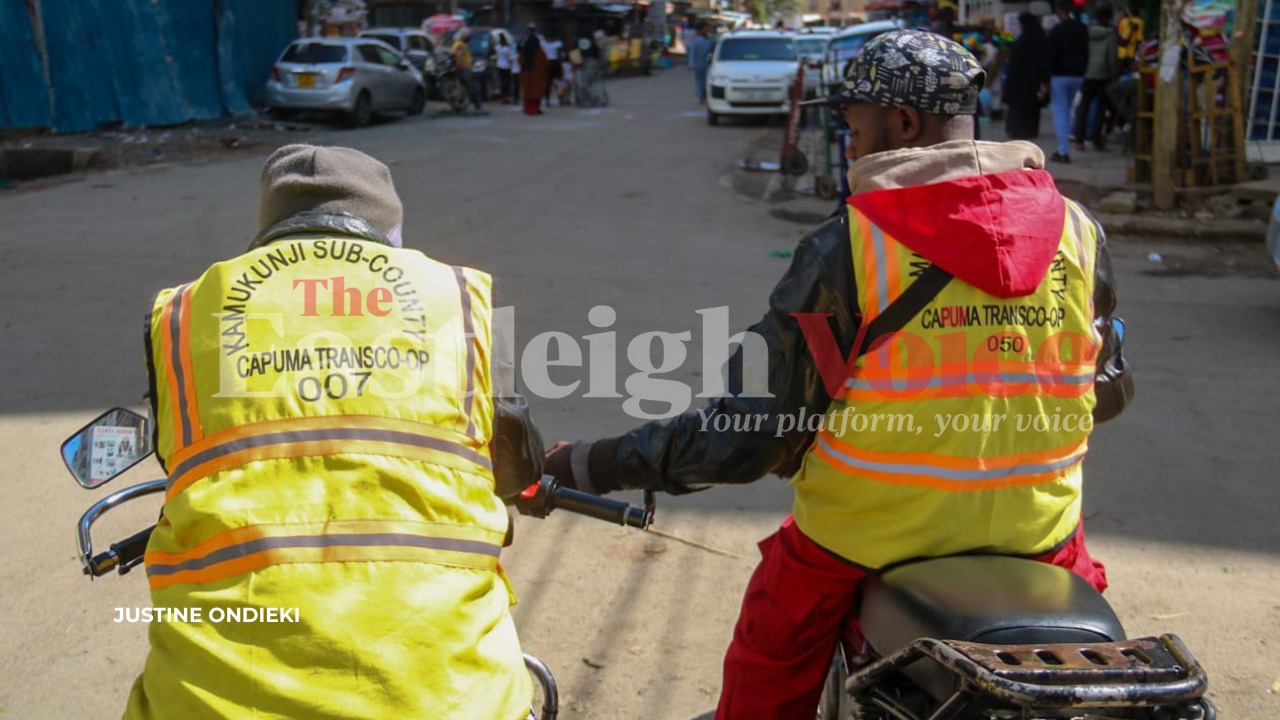Untapped potential of older workers key to addressing labour underutilisation

When becoming jobless, seniors tend to leave the labour force altogether rather than job-seeking.
Retired persons and the elderly have a role to play in the labour force, and if their potential is properly harnessed and policies built around it, then nations stand to benefit a great deal.
Their strategic incorporation and consideration could help countries address the challenge of labour underutilisation for maximum development output.
More To Read
- Over half of circular economy workers lack protection, ILO report finds
- Retirees demand action over Sh4 billion Nairobi Water pension arrears
- Kenya battles Nigeria, South Africa to keep IMO seat as Africa’s voice in global shipping
- Kenya’s economy can only absorb 250,000 graduates annually, Labour PS tells Senate
- Shrinking opportunities, growing skills gap: What youths say they need to thrive
- ICEA survey finds most Kenyan retirees struggle to survive on pensions
This is according to the International Labour Organisation (ILO), the global umbrella body mandated to advocate for workers’ rights and set global working standards.
Despite not being recognised in the conventional labour force, the agency says older workers contribute to society through paid work but also unpaid activities, such as subsistence farming or caregiving, which are often overlooked.
“To truly improve the quality of life for older workers, policymakers must consider the full spectrum of their contributions, both paid and unpaid, and address the diverse challenges they face,” the agency says.
This was the clarion call during the commemoration of the International Day of Older Persons on October 1, a day dedicated to highlighting and celebrating the contributions of older individuals to communities and the economy.
According to the ILO, an ageing population is one of the main trends today, the size and share of the older population are rising, and the trend is expected to continue for decades.
“The shift is driven by increased life expectancy and declining fertility rates,” it says.
“Currently, more than 60 per cent of the world’s population lives in countries where fertility rates have dropped below replacement level (2.1 live births per woman). Globally, life expectancy increased by more than six years between 2000 and 2019, from 66.8 years to 73.4 years, though the Covid-19 pandemic caused it to drop to 71.4 years in 2021.”
Still, ILO notes that the global population aged 65 or above more than doubled in the past few decades, from 324 million in 1990 to 761 million in 2021.
This number is projected to double again by 2050, reaching 1.6 billion.
Similarly, the population aged 55 to 64 is growing rapidly, and the population aged 80 or above is growing even faster.
ILO says the ageing population has significant implications for the world of work, begging the question of how well-prepared labour markets and social protection institutions are to support older workers.
The 2030 Agenda for Sustainable Development, which promises to “leave no one behind”, includes seniors, who deserve the opportunity for decent work, dignified retirement, well-being, and a good quality of life.
However, to date, a majority of countries haven’t implemented the right strategies and policies towards the goal.
“Whether out of choice or need, many seniors continue to participate in the labour force but often struggle to find appropriate job opportunities,” ILO says.
“While unemployment among older workers is generally low, this is not unmitigated good news for seniors (aged 55 to 64).
Kenya’s case
The seniors' bracket is arguably the segment where most Kenyan retired persons fall.
Painting a picture of the need to consider the older in the labour workforce with well-designed policies is the fact that Kenya has had concerns with the retirement scheme.
This as the government stares at a crisis in the pension industry.
The perennial extension of state employees' contracts beyond the set retirement age is nearing an inflexion point as nearly a third of the government workforce is staring at retirement and eventual payment of their pensions.
The Pensions Department at the National Treasury had in June 2023 announced plans to process 85,400 claims over three years.
This figure would see the Treasury process an estimated Sh685 billion in pension benefits over the period.
Some 30,155 workers were expected to leave work by the end of June 2024, with the number expected to fall to 28,745 in 2025 and 26,500 in 2026, according to estimates by the National Treasury.
This will see the processing of pensions amounting to Sh189 billion for the year ended June 2024 and a further increase of Sh207 billion for the new financial year 2024-25.
The cash crunch witnessed early this year saw state entities fail to remit a combined Sh72.96 billion in pension and pay-as-you-earn (PAYE) deductions.
According to the RBA, in Kenya, an estimated 3.5 million people, or 25 per cent of the workforce, are covered by retirement benefit schemes.
Documents by the Parliamentary Budget Office (PBO) show that unremitted pension dues stood at Sh47.6 billion while PAYE was Sh25.3 billion as of February 2024.
"The scenario points to general liquidity challenges in settling expenditure commitments as well as poor corporate governance, including weak or non-existent oversight between the respective State corporations /SAGAs Board and parent ministry/National Treasury," the government fiscal advisor on budget matters noted.
The problem hasn’t been helped by the fact that Kenya changed the retirement age from 55 to 60 years in 2009.
At the time, the reason given for the review was that the government was struggling with a huge pension bill as more people retired from service.
Extension of the retirement period has continued to be undertaken contrary to the Public Service Commission Act, 2017, which provides that where a public officer has attained the mandatory retirement age, he/she shall retire from the service with effect from the date of attaining the mandatory retirement age.
Under the Public Service Commission Act 2017, public officers currently retire at 60 years, with the retirement age set at 65 years for individuals with disabilities.
ILO weighs down the move to increase the retirement age as a way of addressing the challenges surrounding the retired and the elderly.
“Increasing retirement ages have become a prevalent measure taken around the world to address the sustainability of pension systems. However, doing so requires a comprehensive approach that considers broader social, economic, labour market, and health-related factors,” it notes in part.
Unemployment crisis
Data by ILO notes that workers aged 65 and above have the lowest global unemployment rate (1.4 per cent), followed by near seniors aged 55 to 64 (2.5 per cent).
In contrast, the global unemployment rate of prime-age workers aged 25 to 54 is 4.5 per cent, and that of youth aged 15 to 25 is 13.3 per cent.
However, seniors face other challenges. While unemployment rates may be lower, those who are unemployed tend to struggle more.
When becoming jobless, seniors tend to leave the labour force altogether rather than job-seeking.
They also face strong hurdles in their job search, including age discrimination, lack of job-search skills and support, real or perceived outdated skills, real or perceived higher working conditions expectations, and less geographic mobility.
Top Stories Today














































